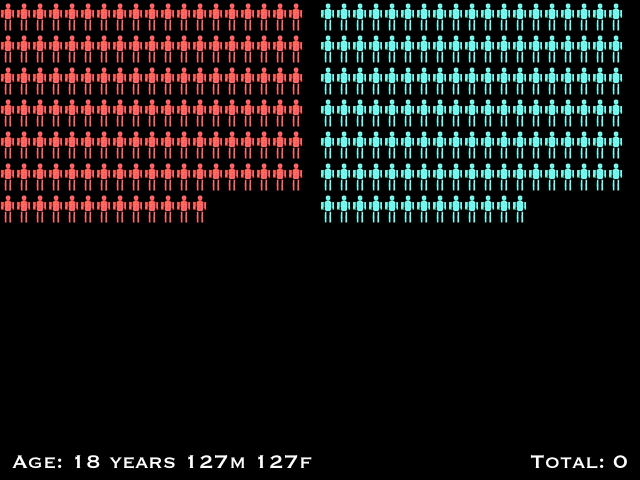"I've been obsessing about death a bit recently," I said to my buddy Josh.
"Oh?" he smiled, as he knows me well enough to recognize that as an opening gambit. He pulled his reading glasses down, peered over the top of the menu and said "Is this a way to bring us back to a critique of moment form, or are we really talking about death, here?"
The waitress wandered over and interrupted "Are you ready?", although she seemed much less menacing with her pen and paper than I'd imagined how that question should be posed from beneath a hood and wielding a scythe.
We both chuckled. "Give me a minute," said Josh. A rather inevitable human response.
Are you ready for a) shredded soy protein, celery, zucchini, & pine nuts in a light garlic sauce, b) Are you ready for Hillary, or c) death? As lunch with an old friend goes, our discussion encompassed all of the above.
Recently, a crowd of high school classmates gathered on Facebook like it was an unmonitored parking lot — car doors open, music blasting — to renew connections, remember the old times, and to memorialize the ones who had passed. Which left me thinking about personal histories, mortality, and mostly, the passing of an old friend.
The number of my classmates who have already died seemed high, almost unfathomably high. Some of this reaction is just shock, and a feeling of guilt: "How did it happen?" "I should've stayed in touch." But, statistically, I wondered, is my high school class unique, and performing above the norm at dying? Or maybe, let's flip that and say we're underperforming at surviving?
There's a way to find out. I grabbed an actuarial table from the government and got the odds of dying for males and females in the United States for each year of life. I then did a quick little bit of code in Processing to show, given a certain sized population at age eighteen, how the group should expect to decline in number as the years passed by.
Here's how that looks as an animated gif, for my high school class with about 254 students (boys in red, girls in blue):

Here's the depressing news, at least for my classmates: as far as we can muster for an accurate total to date, there is a minimum of thirteen classmate deaths so far: seven male, six female. If we were "normal", that number should be a total of nine (six male, three female).
There are a lot of factors of course, from socio-economic conditions to volcanic air pollution, to large-scale events like AIDS, the meth epidemic and ongoing war. Still, that means we're dying at a rate 1.4 times greater than "normal" overall, and the girls are dying at twice the normal rate.
This fact fails to shed much light on, well, anything at all. I don't know the circumstances for many of the deaths, and it seems that this new information is certainly not valuable for predicting the future. Are we at risk as a population of continuing to die faster than the national norm? Or are we due some "good years" as our rate reverts to the mean?
One thing, which is obvious, is the rate at which we should expect to lose classmates will rise as we get older. This is shown clearly in the animated gif as the annual losses grow from one every few years to two per year, within a decade. And the only conclusion that I can get to with certainty is merely that conclusion awaits: we all have a 100% chance of dying.
Going through an exercise such as this — don't you make animated gifs when you're sad or contemplative? well, you should — helps add some perspective to it all, a therapeutic dash of meta on the bowl of self-pity and worry. Maybe it helps to gain some context, some distance. To turn away from counting old friends lost toward watching gray figures on an infographic, which shows how expected it all really should be. After all, I'm just one of the figures on the red side, we just don't know when my number will be called.
My friend, author Dennis Hunter says:
Our modern relationship to death — just like our modern relationship to food, the environment, and our own minds — is one of denial and pretense, a stance that is deeply unrealistic and infantile.
...
Most of the time we don't think about death, and so we go around acting like we have all the time in the world.
...
Death is really the only thing in life that is absolutely inevitable...
Mark this down not as a conclusion, merely an observation. Life ends for everyone, for some earlier than others. And mark this down as an opportunity to notice the mundane things, and contemplate the important things, ideally placing checkboxes next to the ones that matter.
Lunch with Josh, it turns out, is a good checkbox to start.
 gravitymonkey
gravitymonkey